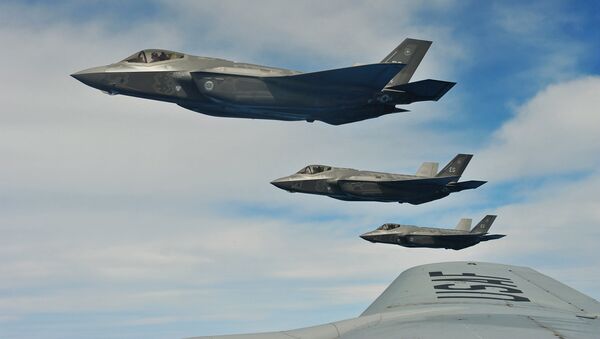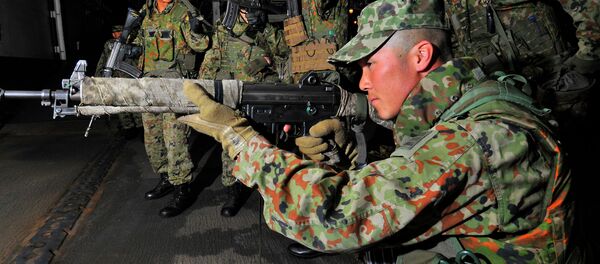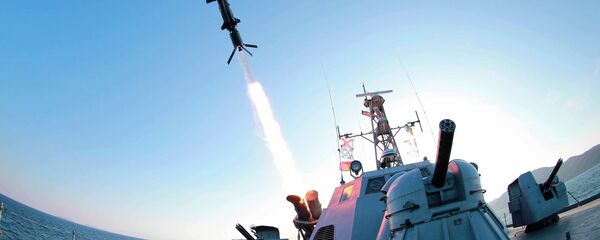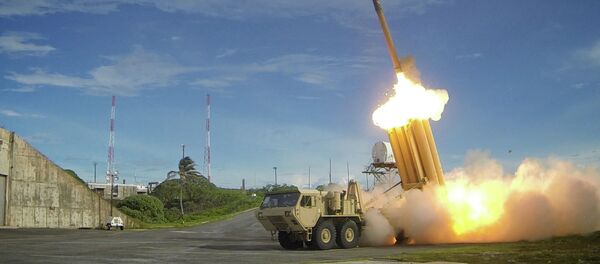The comments came during Carter’s visit to Seoul, the second part of a two-nation trip to the US’s two key allies in the region – Japan and South Korea. The tour is aimed at highlighting President Obama’s plans to shift US strategic interests to Asia and to ameliorate the simmering tension between Seoul and Tokyo.
"Our newest and best things are being deployed to this part of the world," Carter said to reporters. This will include the US’s latest stealth bombers, F-35 stealth fighters, and state of the art cyber warfare systems that would be rotationally deployed in the region.
During his meeting with South Korean Defense Minister Han Min-Koo, Carter said the two made a "candid assessment" of the threats posed by North Korea to the region, as well as the "US homeland." The meeting came after North Korea fired two surface-to-air missiles from its coast on Tuesday.
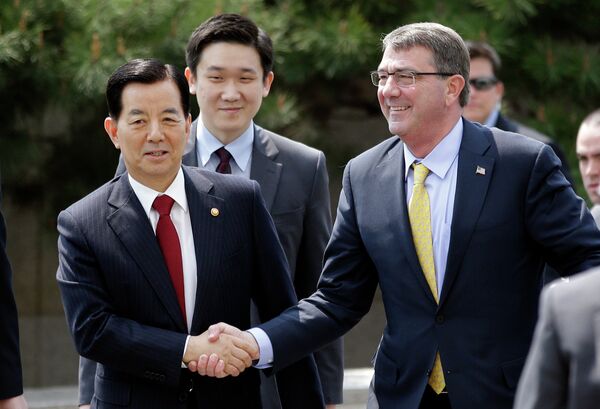
"As it demonstrated once again with the recent missile launches, North Korea is intent on continued provocation," the Pentagon Chief said to reporters.
The US has up to 30,000 permanent troops stationed in South Korea, which is technically still at war with its northern neighbor. The US is additionally posed to assume active control of its own troops, as well as South Korea’s, in the event of a conflict with the North.
Washington and Seoul additionally conduct regular joint military exercises, which Pyongyang views as a "dress rehearsal for a Northward invasion." During his visit, Carter vowed that the joint exercises will continue alongside the deployment of new weapons.
"On the peninsula, the deterrence and readiness are at a premium," he said, "So we are investing advanced capabilities to make sure that our top new investments are tailored to this dynamic security environment."
Carter did not elaborate on the US’s future plans for the controversial deployment of the Terminal High Altitude Area Defense (THAAD) system, saying only that the issue was not addressed during talks with his South Korean counterpart.
THAAD is a defense missile system which uses a hit-to-kill method to shoot down short, medium and intermediate ballasting missiles at a higher altitude in their terminal phase. Washington conducted a site survey in South Korea last year for possible deployment of THAAD and has since been pushing for its implementation.
Russia and China have both opposed the move, citing security concerns, and warning that the system would undermine peace and stability in the region. The issue is particularly sensitive for Seoul, as it tries to weigh its long-standing military alliance with the US against its relationship with China, South Korea’s largest trade partner.
The US maintains that THAAD will be deployed solely for the purpose of addressing threats posed by North Korea. However, Russia and China have voiced concerns about THAAD’s range, which extends beyond the Korean Peninsula. According to Carter, no final decisions have been made about the controversial system, saying, "We are not at the point yet where we would begin discussing its deployment with anybody."

